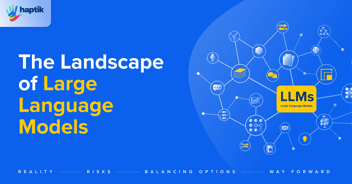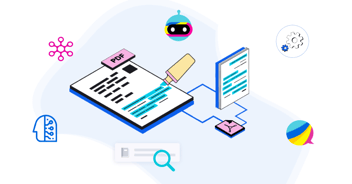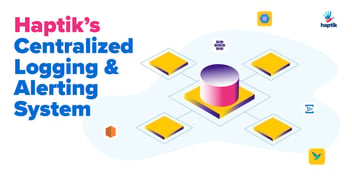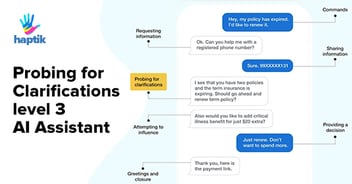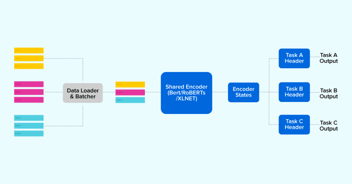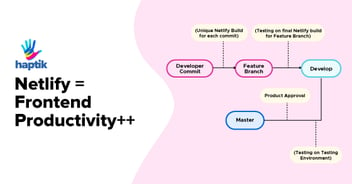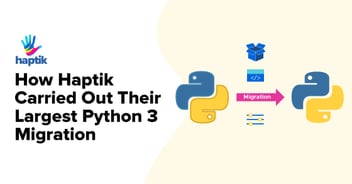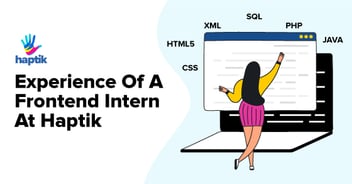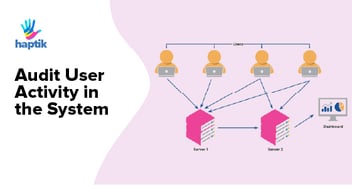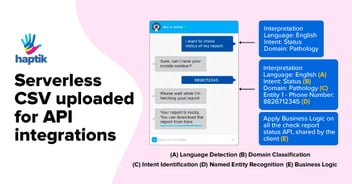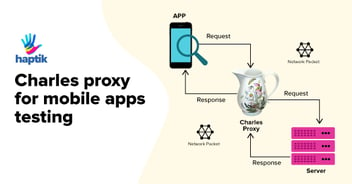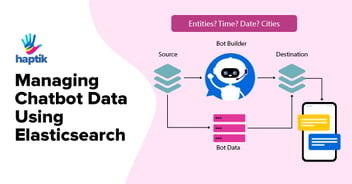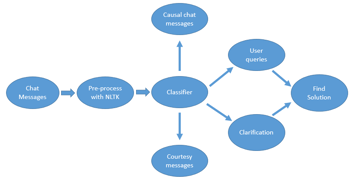How to Address Key LLM Challenges (Hallucination, Security, Ethics & Compliance)
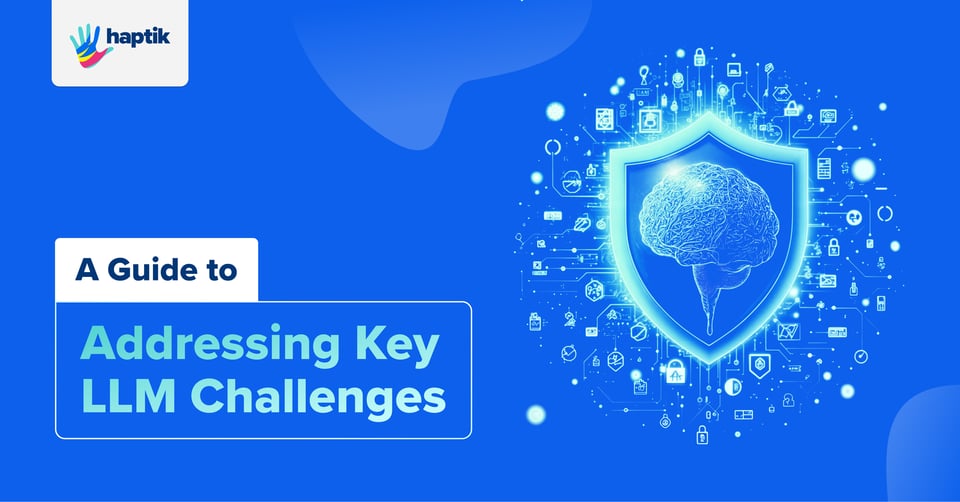
Introduction
Large Language Models (LLMs) are advanced AI models trained on vast datasets to perform a wide range of natural language processing tasks. Their widespread adoption in various applications, from chatbots to intelligent decision-making systems, requires a robust security framework to ensure that they function as intended without being susceptible to attacks or misuse. While there are numerous challenges, this blog focuses more on the key issues such as hallucination, ethical use of AI, and data security, and the best ways to address them.
Approaches to overcome the challenges in LLMs
Hallucination
Large language models can generate text or responses that are incorrect, misleading, nonsensical, or fabricated, despite appearing plausible or authoritative. This can include making up facts, providing incorrect citations, or fabricating nonexistent entities.
Following are few methods to mitigate the challenges with LLM hallucination:
- Reinforcement learning with human feedback (RLHF): RLHF fine-tunes LLMs using human touchpoints on correct & incorrect responses, improving the quality and alignment. This rewards factual, coherent outputs, making the model more reliable and accurate.
- Knowledge grounding: Integrating verified external sources, like databases or APIs, ensures accuracy and relevance. Techniques like retrieval-augmented generation (RAG) combine generative abilities with factual knowledge for better outputs.
- Fact-checking: Automated fact-checking tools validate outputs by comparing them with trusted knowledge bases, ensuring credibility and reducing inaccuracies.
- Confidence scoring: Confidence scores highlight uncertainty in responses. The model can provide alternative answers or cite sources to enhance trust and clarity.
- Prompt engineering: Carefully designed prompts encourage factual, concise, and source-backed responses while avoiding speculation or fabrication, reducing misinformation risks.
Related: How to Address GenAI Security Risks and Compliance Challenges
Security Concerns
While LLMs offer transformative capabilities, they also introduce several security risks and concerns. These risks arise from their data-driven nature, interaction with users, and susceptibility to attacks and misuse. Below are the key concerns:
- Data security
- Evolving LLM threats
- Implementation challenges
- Operational challenges
Data Security
- Data encryption: Use industry-standard encryption protocols (AES, TLS) for data at rest and in transit.
- Access control: Implement role-based access control (RBAC) and multi-factor authentication (MFA) to regulate data access.
- Data sanitization: Preprocess and anonymize sensitive training data (e.g., removing PII using entity recognition techniques). Use synthetic data when possible to reduce the risk of data leakage.
Evolving LLM Threats
To overcome threats, adopt Threat Modeling frameworks such as STRIDE, MITRE ATLAS, and OWASP Top 10:
- STRIDE framework: To mitigate spoofing, robust input validation and authentication mechanisms should be implemented, while tampering risks can be addressed using cryptographic hashes to ensure data integrity during transit. To prevent information disclosure, sensitive data must be safeguarded by output filters and strict controls, aligning with the principles of STRIDE threat modeling.
- MITRE ATLAS framework: It is a knowledge base that maps adversarial threats targeting AI systems. It outlines tactics and techniques used by attackers to exploit vulnerabilities in AI models, such as data poisoning, model evasion, or inference attacks. By providing a structured approach to understanding and mitigating these threats, ATLAS helps organizations secure their AI systems effectively.
- OWASP Top 10 for LLMs: The OWASP Top 10 for LLMs highlights the most critical security vulnerabilities specific to large language models, such as prompt injection, data leakage, and model misuse. It serves as a practical guide for developers and organizations to identify, understand, and mitigate risks while building or deploying secure and trustworthy LLM-based systems.
- Regular threat assessment: Performing periodic threat assessments and penetration testing to identify security gaps is very much essential to address the prevailing threat landscape. Also, continuously monitoring is needed to address the evolving adversarial techniques.
LLM Implementation Challenges
The following are key implementation challenges that must be carefully considered to ensure the secure and effective deployment of large language models:
- Model integrity: Use checksums and cryptographic signatures to verify the LLM's integrity throughout deployment.
- Adversarial robustness: Train the model using adversarial inputs and techniques like Generative Adversarial Networks (GANs) to simulate attacks and enhance its resilience against malicious prompts.
- Fine-tuning controls: Ensure fine-tuning processes adhere to strict protocols to prevent unintentional biases or vulnerabilities, supported by audit mechanisms to validate outcomes.
LLM Operational Challenges
The following are critical operational security considerations that must be addressed to maintain the secure and reliable functioning of large language models:
- Monitoring and logging: Implement continuous logging of user interactions to detect anomalies and unauthorized access, while storing logs securely and ensuring compliance with privacy regulations.
- Anomaly detection: Use machine learning-based anomaly detection tools to flag unusual behavior (e.g., sudden spikes in LLM activity).
- Incident response: Develop an incident response playbook for LLM-related attacks and simulate attack scenarios to test and validate the response plans.
Ethical & Compliance Challenges
LLMs present significant challenges in addressing bias, ensuring compliance, and upholding trust.
Reaffirming Our Commitment to GDPR: Enhanced Security and Privacy Measures at Jio Haptik
Effective strategies are essential for responsible, fair, and legally-compliant implementation of large language models.
-
Bias Audits: Conducting regular bias audits is crucial to ensuring fairness in large language models. This involves systematically testing the model for biases across various demographics, languages, and contexts while leveraging advanced fairness and bias detection tools to identify and address any biased outputs.
- Diverse Training Data: Curating balanced, diverse, and representative training datasets is essential to minimize inherent biases in large language models.
- Bias Fine-Tuning: Implementing fine-tuning techniques is vital to aligning a model’s behavior with established ethical and fairness guidelines.
- Regulatory Alignment: Ensuring regulatory alignment is crucial for compliance, requiring the LLM to adhere to privacy laws such as GDPR, HIPAA, or CCPA. This involves implementing robust data governance policies, utilizing data anonymization, establishing consent management frameworks, and conducting regular legal reviews to meet compliance standards.
- Transparency: Ensuring transparency in LLMs involves providing clear insights into how the model generates responses and the origins of the data it uses. Utilizing explainability tools like SHAP and LIME helps make model decisions more interpretable. Additionally, it is essential to clearly communicate the LLM's limitations, potential inaccuracies, and associated risks to users, while also developing policies that encourage ethical and safe usage. Implementing citation support mechanisms to reference sources or knowledge used in responses further promotes trust and transparency.
Conclusion: The Path to Secure & Reliable LLMs
Securing large language models is a critical step in enabling their responsible and trustworthy adoption across industries. A robust LLM Security Framework ensures the protection of sensitive data, fortifies AI models against malicious exploitation, and promotes compliance with ethical and regulatory standards. By addressing threats such as adversarial attacks, data breaches, and model manipulation, organizations can safeguard the integrity, availability, and confidentiality of their LLM-powered solutions.
Implementing continuous monitoring, adopting best practices for data privacy, and fostering a culture of ethical AI governance are essential for building resilience against evolving threats. As LLMs continue to transform businesses, a proactive security strategy is not just a technical necessity but also a business enabler, fostering innovation while ensuring the trust of users, partners, and stakeholders.







